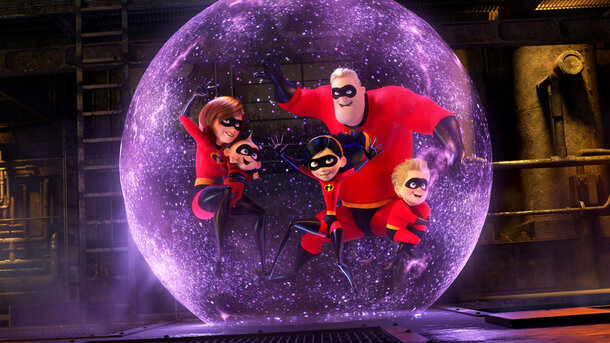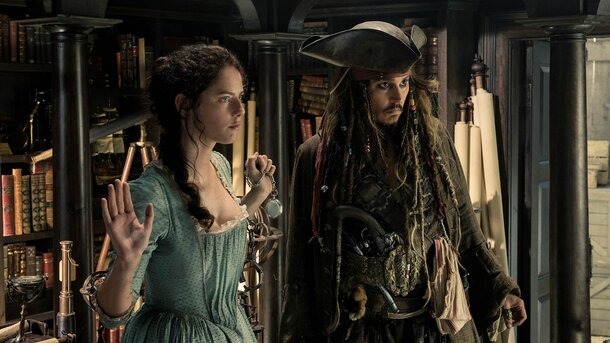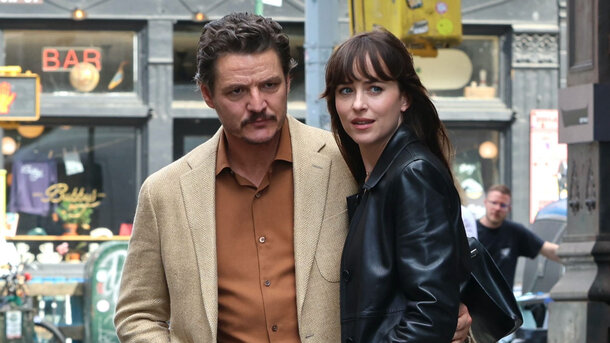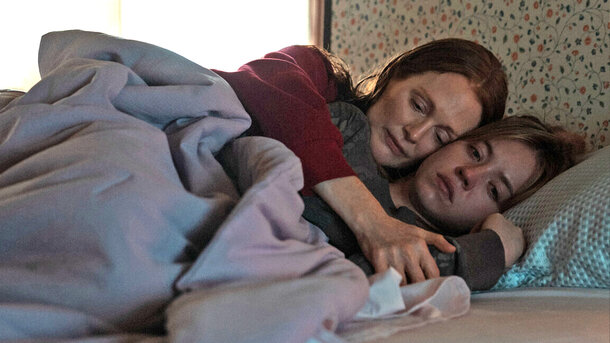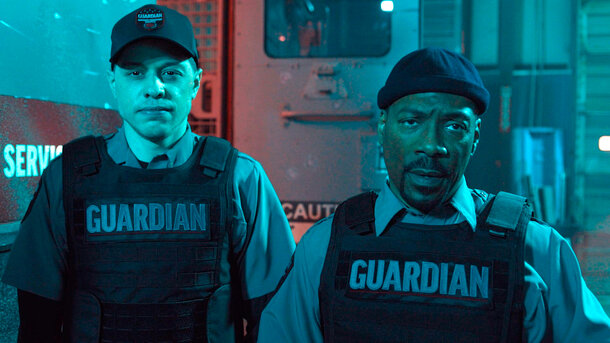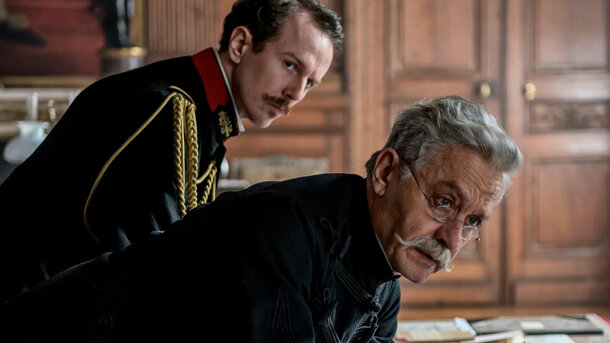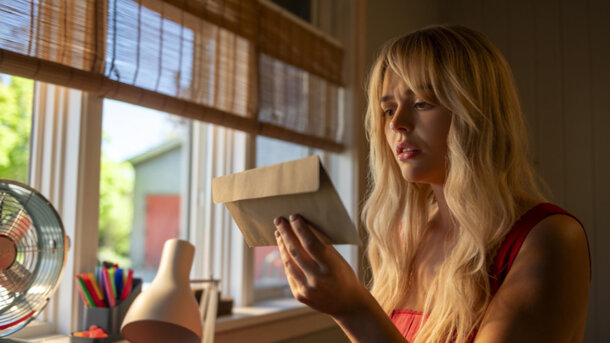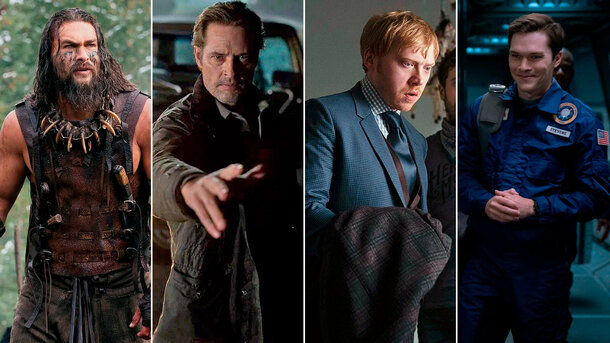Howl’s Moving Castle is not just another anime film from Studio Ghibli — it’s a true work of art that has long since earned its place among the great animated masterpieces of the 21st century. As always, Hayao Miyazaki masterfully weaves reality with fantasy, turning every scene into a metaphor and every line of dialogue into a parable. This isn’t merely a story about curses, magic, and war. It’s a meditation on growing up, acceptance, and love that transcends time.
The story begins with young Sophie, who works in a hat shop and one day crosses paths with the mysterious and charming wizard Howl. She is soon transformed into an old woman by a curse and forced to leave home. That’s how she ends up in Howl’s walking castle — a kind of living mechanism, or perhaps a metaphor brought to life for running from oneself. Between the two characters, a special, immediate bond begins to form — something like recognition. And it’s this connection that drives the entire film, even if the characters don’t immediately understand it.
Now to the mystery many missed.
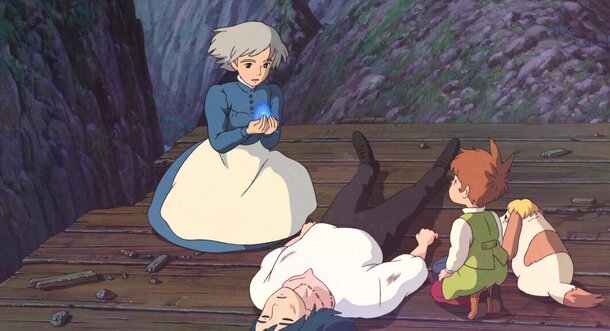
At the very end, when Sophie says to Howl, "I know how to help you now. Find me in the future," attentive viewers are suddenly reminded of how it all began. Because in their very first meeting, Howl says, "Sorry I’m late. I’ve been looking everywhere for you." These lines create an almost closed loop, where the past and future of the characters blend together, and the story itself forms a time circle.
It turns out that Howl helps Sophie because Sophie has already helped Howl — in the future. This mutual predestination makes the story not only romantic but deeply philosophical: in Howl’s Moving Castle, love is not just a feeling, but a force capable of overcoming time. And that’s exactly what many viewers missed the first time around, captivated as they were by the visual magic and atmosphere.

